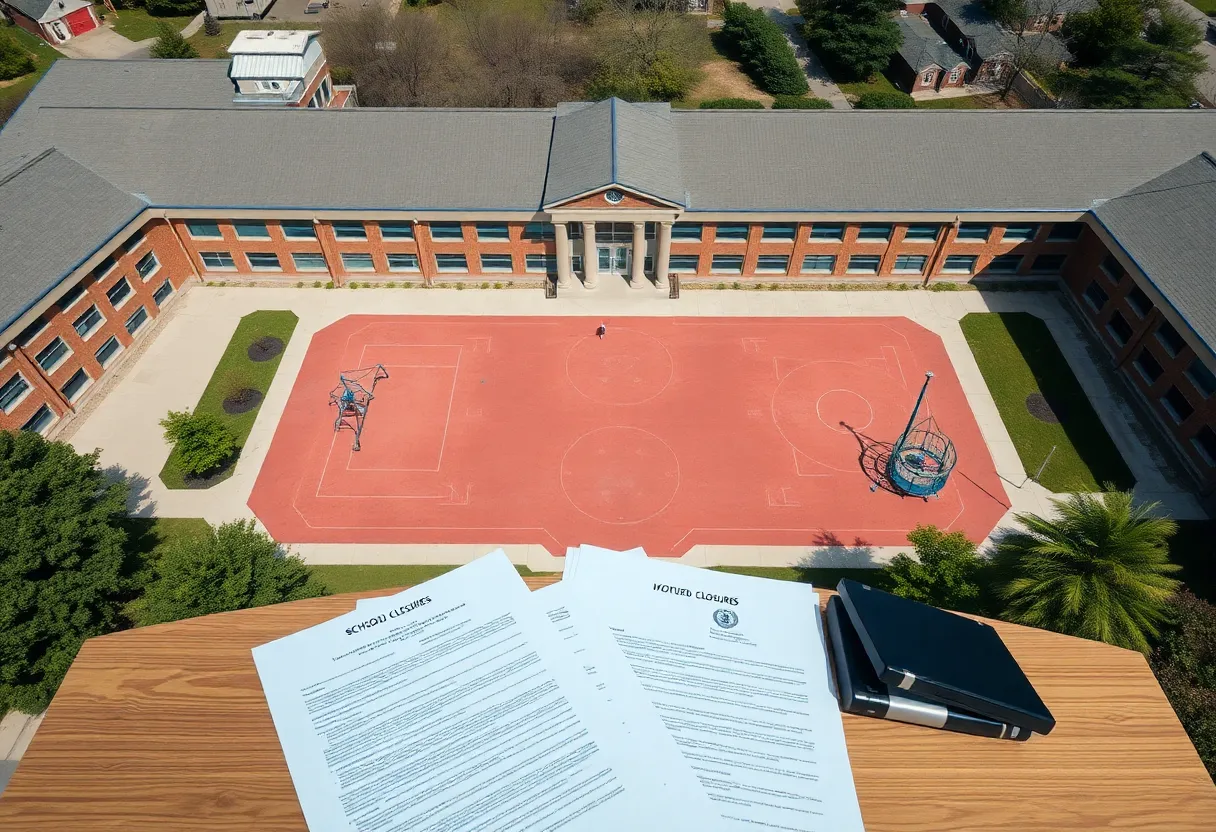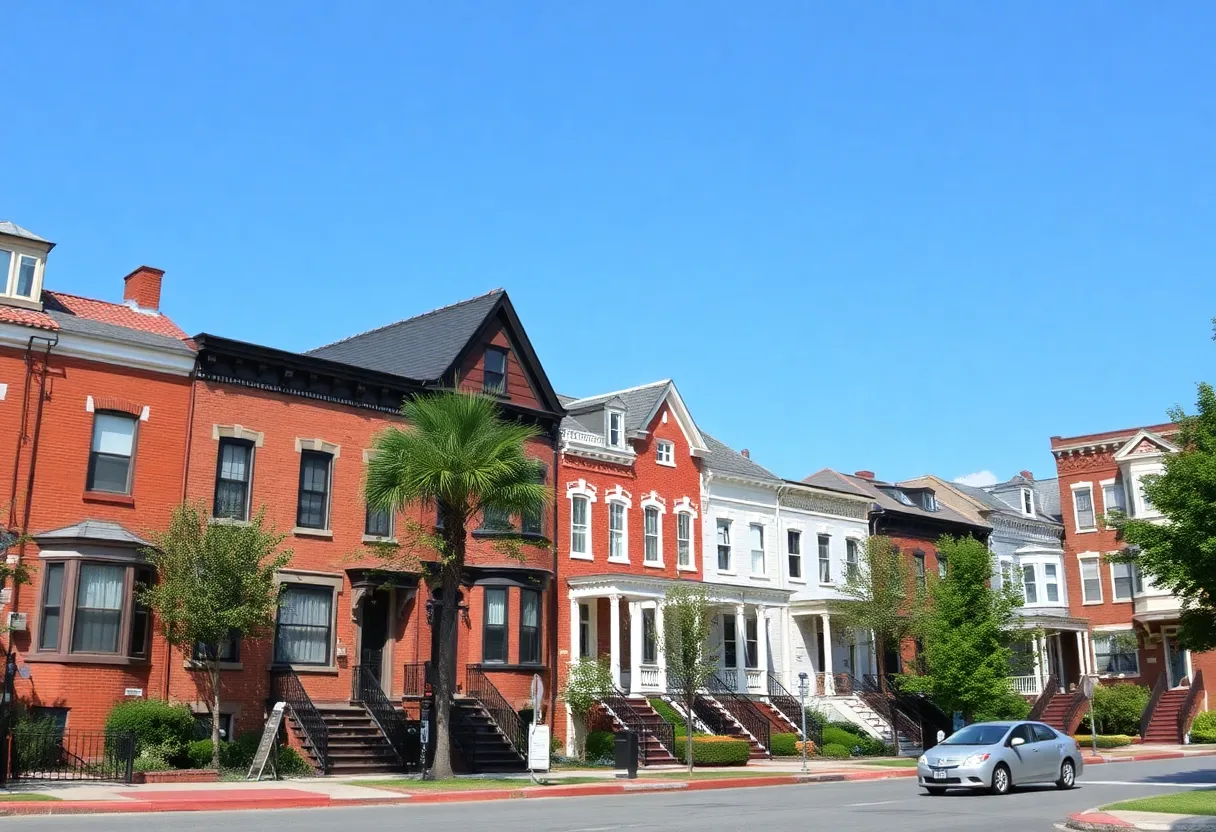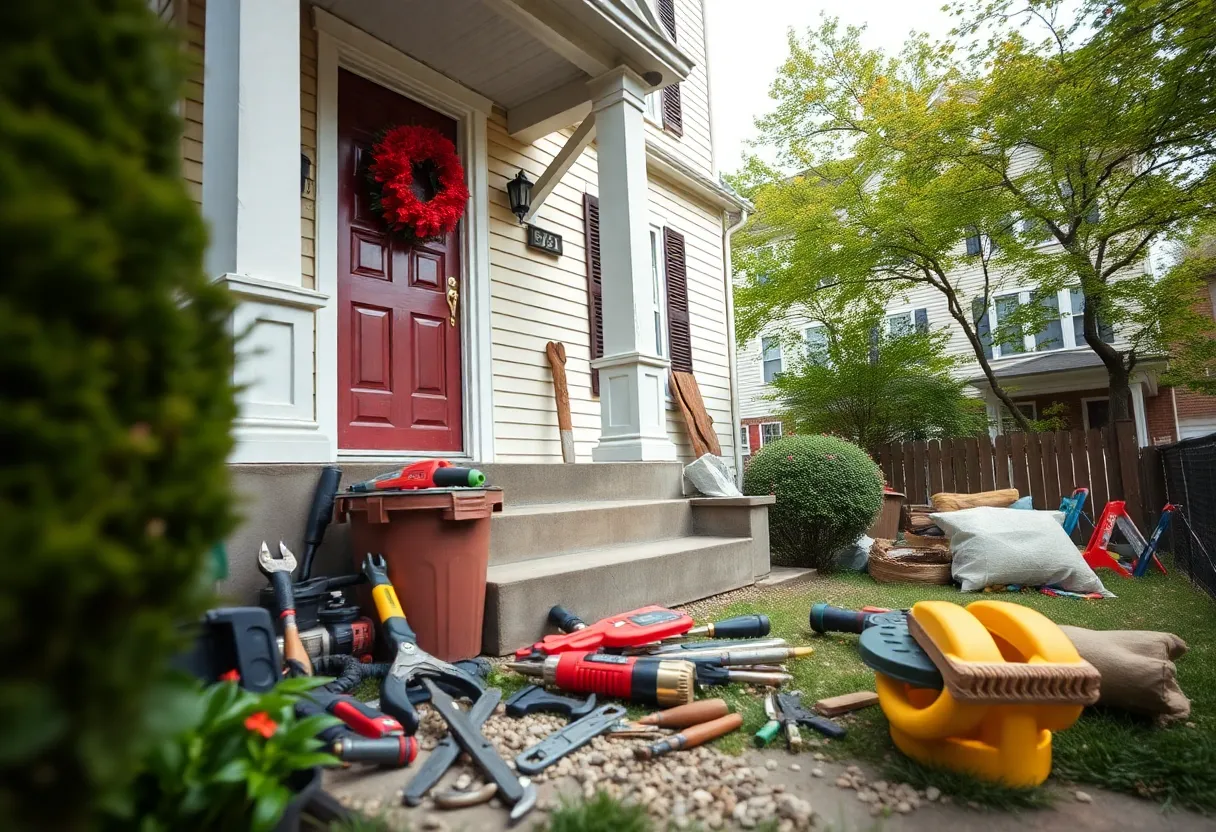News Summary
St. Louis Public Schools are contemplating the closure of 37 out of 68 schools due to plummeting enrollment exacerbated by a recent tornado and ongoing financial woes. With enrollment falling from over 115,000 to merely 18,000 over the decades, officials warn the current number of schools exceeds requirements. District officials estimate closing these schools could save approximately $42 million in the coming school year, but there are deep concerns from the community regarding the impact on students and families.
St. Louis – The St. Louis Public Schools district has proposed closing over half of its schools due to a significant decline in enrollment exacerbated by a recent tornado and ongoing financial troubles. The district’s school board is considering the closure of 37 out of its 68 schools, largely affecting elementary and middle students, as both current and projected enrollment figures indicate a troubling trend.
Sharp reductions in the student population have put a strain on the district’s finances, which have declined in tandem with a nation-wide trend of decreasing public school enrollment. From 1967 to 2022, enrollment dropped drastically from 115,543 students to just 18,122 as families have migrated out of the city to seek opportunities in surrounding suburbs. A report commissioned by the district noted that St. Louis currently operates more than double the number of schools required based on current student numbers.
Schools in St. Louis are facing a projected population decline of 7% and a 30% drop in student enrollment over the next decade. This has led district officials to consider that the maintenance of under-enrolled schools is no longer financially sustainable. The average age of district schools stands at 79 years, with required maintenance costs estimated at roughly $1.8 billion over the next 20 years. Closing the identified 37 schools could result in an estimated $42 million in savings for the 2026-27 school year alone.
The situation has been further complicated by a recent tornado that caused approximately $63 million in damage to several schools, impacting nearly 3,000 students’ education. In the aftermath of this natural disaster, the school board has intensified discussions on potential school closures, with preliminary decisions already made to not reopen seven schools this fall.
Context and Concerns
The current climate reflects a broader national issue, as public school enrollment has declined by 20% or more in approximately 1 in 12 schools from 2019 to 2023. Experts project a further decline of about 5.5% in enrollment between 2022 and 2031, driven by demographic changes, the increased allure of private education, and departures of immigrant families.
Federal funding that buoyed schools during the COVID-19 pandemic has now dried up, leaving districts like St. Louis in a precarious financial position. The various challenges reflect upon the hard choices school leaders must make to ensure the remaining schools can provide quality education.
Historically, school closures have led to negative social outcomes, as seen in Chicago following the largest school closure in U.S. history in 2013. That event resulted in increased fights and a rise in bullying among displaced students, raising alarms among community leaders and educators in St. Louis about the potential psychological ramifications for children facing displacement.
Community Response
Community leaders and the local teachers’ union have expressed their apprehension regarding the potential impact of school closures on families and students. At recent school board meetings, concerns have been raised about the immediate needs of those affected by the tornado, emphasizing a focus on current challenges rather than potential long-term strategies for school consolidation.
In contrast, community efforts have previously succeeded in preserving educational resources, such as Sumner High School, where stakeholders worked together to expand its arts curriculum as a means to retain the school’s operation. These past efforts underscore the capacity of the community to rally together in maintaining educational facilities despite looming challenges.
As the school board contemplates this significant proposal, the voices of the community reflect concerns over preserving educational resources that have served families for generations amidst a shifting landscape.
Deeper Dive: News & Info About This Topic
HERE Resources
Tropical Storm Watch Issued as Tropical Depression Nine Approaches
Homecoming Parade and Football Game Canceled in Alexandria
Tragic Workplace Incident Claims Life of Burnsville Construction Worker
Contractor Fatally Struck by Dump Truck in Maple Grove
Barack Obama Addresses Impact of School Closures During Pandemic
Water Main Break Causes Disruptions in Novi
Novi Faces Water Main Break, Schools Closed
Tragic Construction Accident in Burnsville Claims Life
Protests Erupt Over Potential Closure of Eastwood Elementary
Wood County Board Approves $24.6 Million for New Lincoln Elementary School
Additional Resources
- ABC News: Enrollment Falls as Districts Mull School Closures
- K-12 Dive: St. Louis Public Schools Propose School Closures
- Times Daily: Districts Across the US Considering School Closures
- Nashua Telegraph: School Closures Considered as Enrollment Falls
- Clinton Herald: Nationwide School Closure Discussions Amid Enrollment Declines
- Wikipedia: School Closure
- Google Search: School Closures in the US
- Google Scholar: School Closures Impact
- Encyclopedia Britannica: School Closures
- Google News: School Closures
Author: STAFF HERE BALTIMORE WRITER
The BALTIMORE STAFF WRITER represents the experienced team at HEREBaltimore.com, your go-to source for actionable local news and information in Baltimore, Baltimore County, and beyond. Specializing in "news you can use," we cover essential topics like product reviews for personal and business needs, local business directories, politics, real estate trends, neighborhood insights, and state news affecting the area—with deep expertise drawn from years of dedicated reporting and strong community input, including local press releases and business updates. We deliver top reporting on high-value events such as the Baltimore Book Festival, Preakness Stakes, and Artscape. Our coverage extends to key organizations like the Baltimore Chamber of Commerce and Visit Baltimore, plus leading businesses in shipping and healthcare that power the local economy such as the Port of Baltimore and Johns Hopkins Medicine. As part of the broader HERE network, we provide comprehensive, credible insights into Maryland's dynamic landscape.





